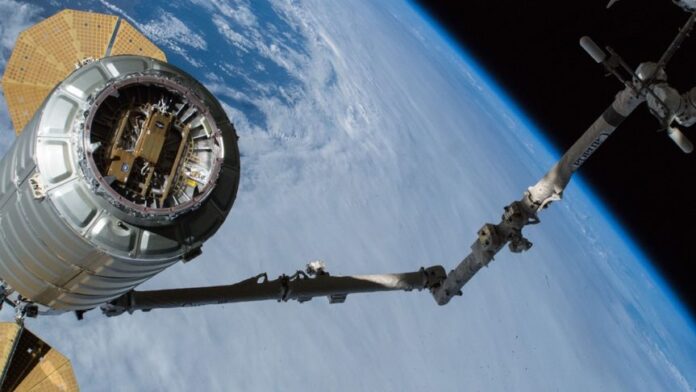Lynk lays claim to launch of second and third “cell-towers-in-space”
Cellular-satellite company Lynk Global says that it has successfully deployed two more cellular-equipped LEO satellites and is preparing to begin offering a commercial satellite-direct-to-phone service “in a few months.”
In September 2022, the company received operating approval from the Federal Communications Commission for a total of 10 satellites in order to provide satellite connectivity to existing GSM and LTE devices outside the U.S., via partnerships with MNOs rather than as a direct-to-consumer service. Lynk says that it already has commercial agreements with 25 mobile network operators across 41 countries and that it is “actively testing satellite-to-standard-phone connections in 17 countries on all seven continents.”
Lynk has permission from the FCC to operate in bands ranging from 617-960 MHz (space to Earth transmissions) and 663-915 MHz (Earth-to-space) with earth stations outside the United States, as well as tracking and control at 20 and 30 GHz and in the 2 GHz band. The company’s FCC operating approval said that it will connect off-the-shelf cellular devices with its satellites using ultra high frequency (UHF) bands—but not in the U.S., as the company has not sought access to UHF bands here.
Lynk was involved with a successful test of its technology in Australia with Optus, announced in November 2022, which involved sending and receiving a text message on a typical phone in a remote part of the southern Australian outback. Lynk’s web site also says that Bahamian operator Aliv plans to begin offering a Lynk-based service this year.
“This launch extends Lynk’s leadership in the satellite-direct-to-standard-phone category. While others have just figured out that satellite-direct-to-phone is a big deal, we invented and patented the technology in 2017, started testing the technology in space in 2019, and now have three commercial satellite-cell-towers-in-space,” said Charles Miller, CEO of Lynk, in a statement. “We are years ahead of everybody else.”
New satellite-based cellular services are being introduced by players ranging from T-Mobile US and Starlink, Apple (which activated its satellite-bsed emergency communications feature in November 2022) and most recently, Qualcomm, which recently announced its Snapdragon Satellite, designed to provide global, two-way messaging capabilities for smartphones via a Snapdragon 5G mobile-RF system and use of L-band spectrum for uplink and downlink, provided by the Iridium satellite constellation.
In the FCC’s approval of its operating license, the agency said that Lynk had provided information that “demonstrated [that] … it would be able to provide limited but useful
connectivity in some areas.” The application also notes that Lynk’s 10 satellites “will only be capable of intermittent coverage, as Lynk states that its satellites will provide service to at most 6% of the world and for no more than 90 minutes non-consecutively per day in any particular location.”

